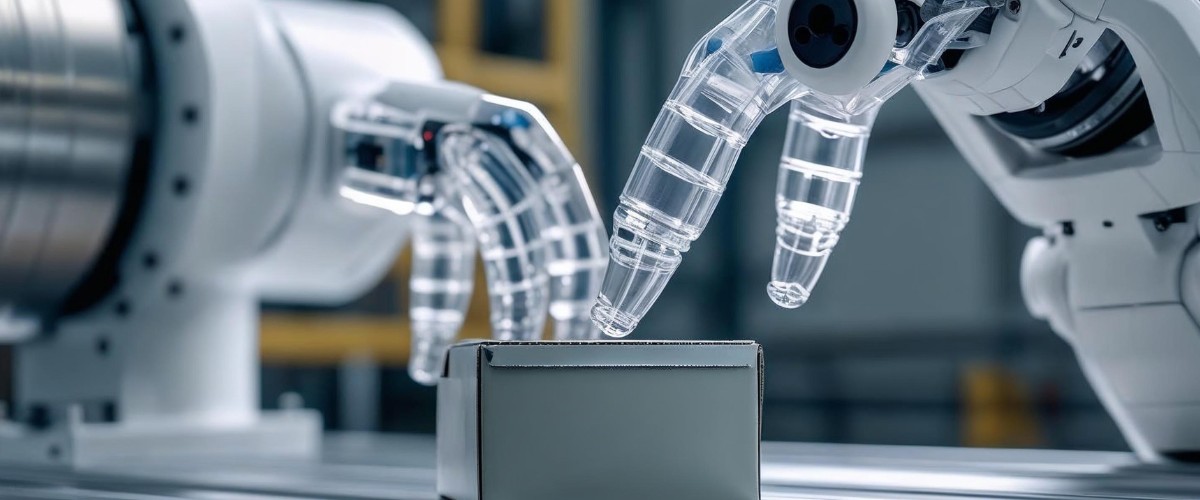Machinery and Industrial Automation

In many manufacturing facilities, the work used to be hazardous: humans lifting heavy parts, welding in blistering heat, handling toxic chemicals or operating in confined and unforgiving spaces. But thanks to robotics in manufacturing industries, we’re seeing a very different story emerge; one where safety rises up front, and danger is pushed away from the human operator.
Think about a welding cell in a car plant. Instead of a human constantly exposed to intense heat, bright arc light, sparks and heavy loads, a robot takes over the exacting welds, day in and day out. That shift is at the heart of how robotics in manufacturing industries are making workplaces safer. Industry sources report that robots can take over tasks “that no one else wants, such as mundane, dangerous, boring or repetitive jobs.”
Why This Matters
Workers in manufacturing often face risks like extreme temperatures, toxic substances, heavy lifting or monotonous repetition that can lead to injury. By introducing robotics in manufacturing industries, companies reduce those exposures. One article explains how robots handle hazardous materials, work in extreme conditions and thereby minimise accident risk and long term health issues.
For example, robots can inspect pipelines, clean in toxic environments, transport dangerous chemicals and perform maintenance in confined or risky spaces.
What Changes in the Workplace
With robotics in manufacturing industries, you’ll find fewer humans in high risk zones. Instead of someone manually lifting heavy loads all day, a robot manipulates them with precision and ease. The human worker transitions into a role of oversight, programming, monitoring or finishing work. That shift not only improves safety but also morale, because the most physically demanding or dangerous tasks are no longer done by humans.
Robots also deliver more consistent performance and fewer mistakes. When tasks are automated, the chance of human error, especially when someone is fatigued or exposed to stress, drops. That consistency is especially helpful in hazardous environments where a single mistake can have serious consequences.
The Benefits Stack Up
Reduced exposure: Robots handle tasks in extreme conditions, like high heat, cold or fumes.
Fewer musculoskeletal injuries: Performing repetitive motion or heavy lifting leads to injuries; robots free humans from those.
Better inspections and maintenance: Robots can inspect dangerous or hard to reach parts of a facility without putting a human in harm’s way.
Higher productivity + safety: When safety is improved, you often get better output. The use of robotics in manufacturing industries doesn’t just protect workers, it enhances performance.
Some Things to Keep in Mind
Of course, implementing robotics in manufacturing industries isn’t plug and play. Companies must invest, train staff, manage maintenance and consider the human side of the transition. One article notes that while the safety and efficiency improvements are strong, the high initial cost and training needs remain real.
Also, when robotics in manufacturing industries remove humans from hazardous roles, we must ensure the humans are offered roles that are meaningful, safe and enable them to grow, not just sidelined.
Looking Ahead
As robotics in manufacturing industries continue to evolve, the focus is shifting toward more human robot collaboration (cobots), remote operation, real time data and environments designed around people’s wellbeing, not just machines. These trends deepen the safety promise.
In short: by moving humans out of harm’s way and giving robots the jobs that are dangerous, dirty or dull, manufacturing is becoming safer, smarter and more human friendly. If you’re writing a blog or social post about this, you can emphasise how this isn’t a cold “automation” story, it’s a human first story.
Tags:
Machinery and Industrial AutomationAuthor - Ishani Mohanty
She is a certified research scholar with a Master's Degree in English Literature and Foreign Languages, specialized in American Literature; well trained with strong research skills, having a perfect grip on writing Anaphoras on social media. She is a strong, self dependent, and highly ambitious individual. She is eager to apply her skills and creativity for an engaging content.


